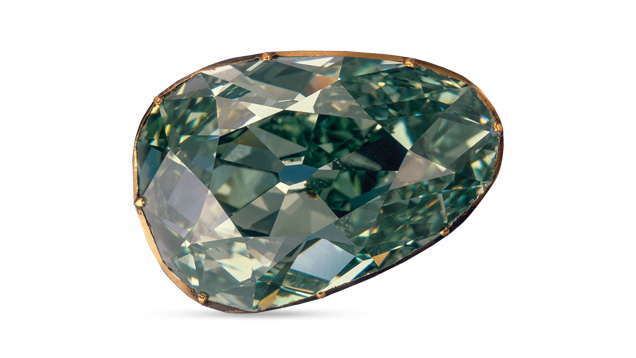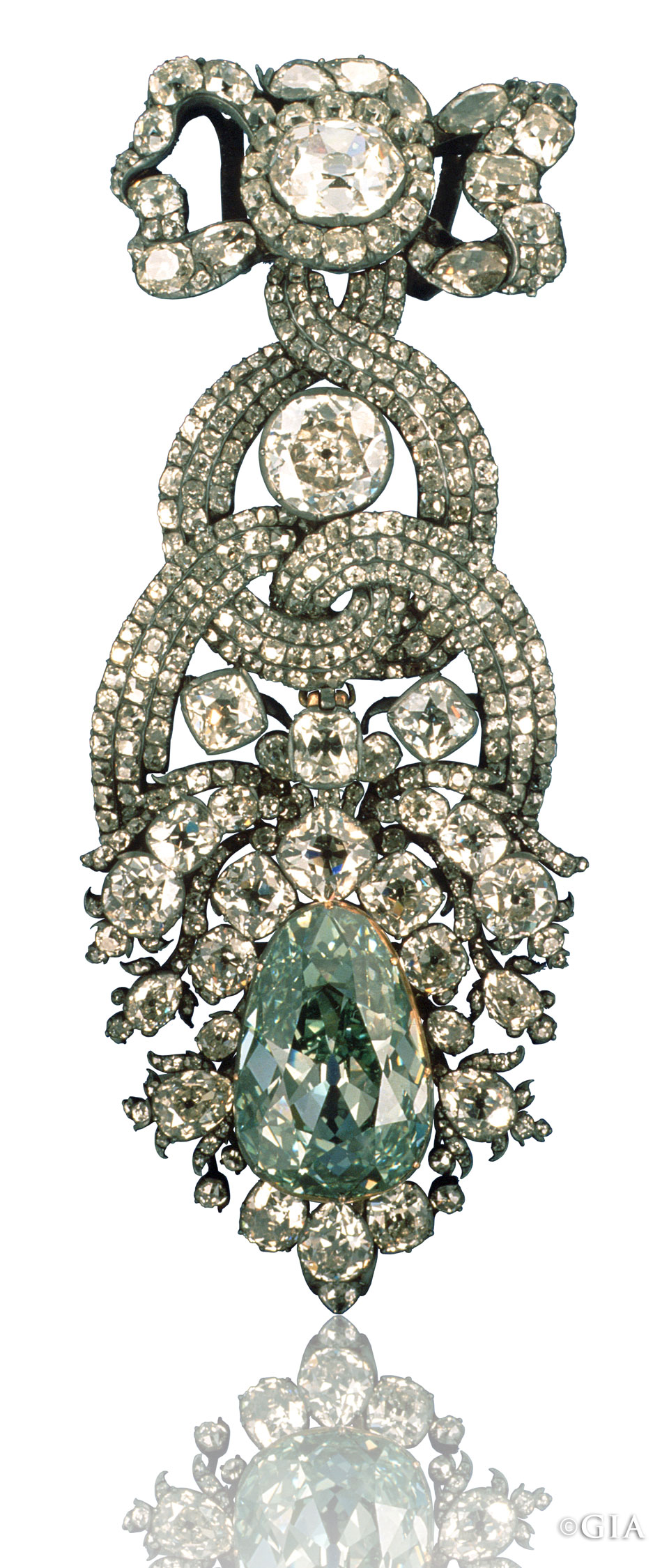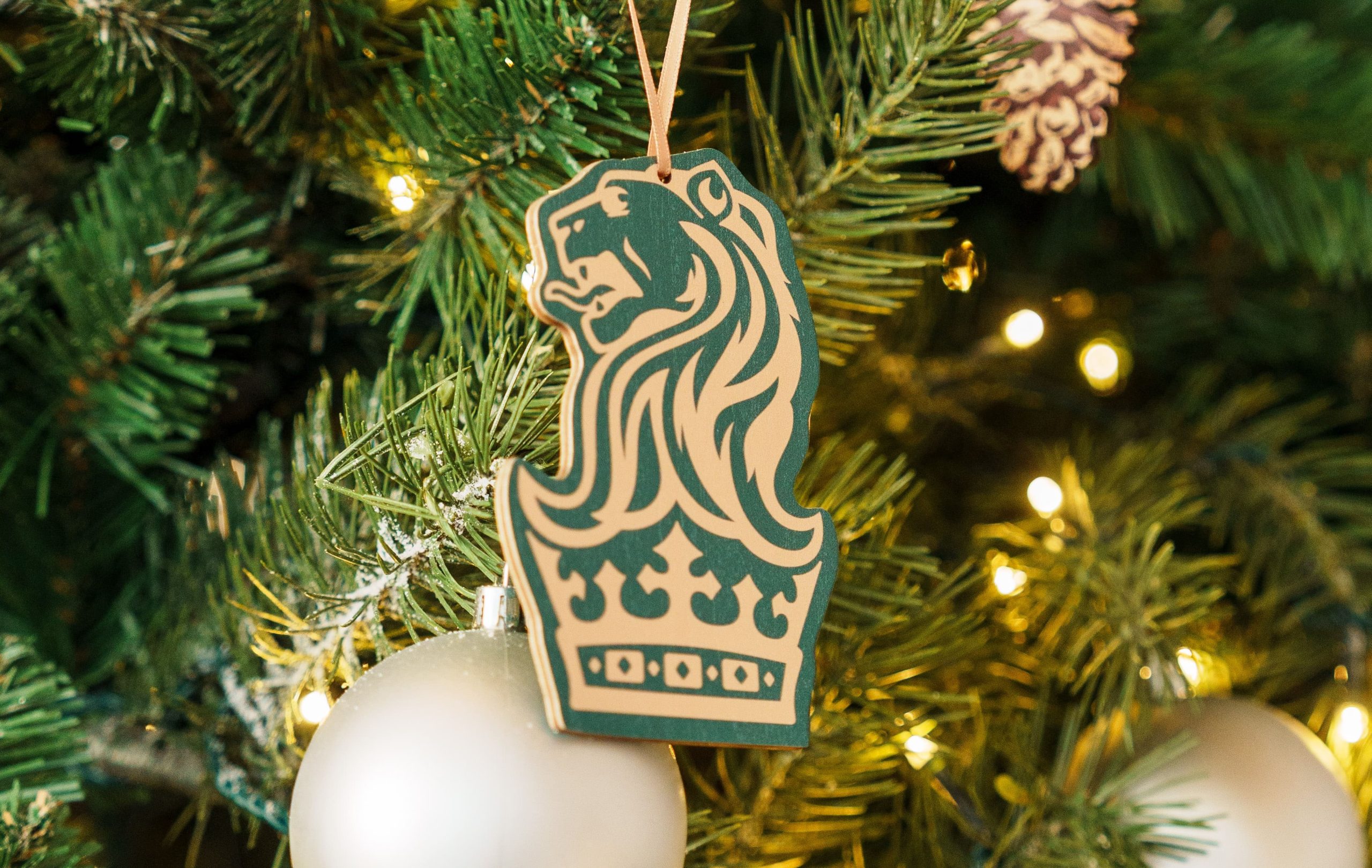
Welcome to gemmology 101, #legend style. We’ll be introducing you to famous jewels, tiaras and jewellery that you need to know, starting with The Dresden Green.
This tear-drop gem is the largest naturally green diamond known in the world, coming it at 41-carats. For decades, the flawless gem has dazzled visitors to the Dresden State Museum in Germany, but before that it was the pride of royals.
It’s first known reference comes from The Post Boy, a London newspaper, in 1722, which describes a diamond merchant showing the gem to his Majesty King George who was, apparently ‘very much pleased with the sight thereof.’ Several years later, it appears again, presented to Frederick Augustus I, King of Saxony, for £30,000. Frederick did not buy it, but his son, Frederick Augustus II did. It is believed that the young royal purchased the gem from a Dutch merchant in 1765.

Augustus II set it in the Decoration of the Golden Fleece, a Roman Catholic order of chivalry, but this setting was dismantled after the Seven Years War. In 1768, it was once again re-worked, this time as a hat-pin flanked by two white diamonds and a number of smaller ones. For the past 254 years, the green diamond has remained in this stunning, regal setting.
In its known lifetime, it has seen Saxony rise and fall. It has survived two World Wars, and the devastation of Dresden. It was taken by Moscow by the Soviet Trophies Commission, and then returned. In 2000 it made it’s first official appearance in the United States, exhibited alongside the famed Hope Diamond. It is as much a part of history as England’s Crown Jewels, and yet few know its story.
Today, it is on exhibit for all to see at the Dresden State Museum, one of the world’s rarest and most flawless jewels. But where does its vivid green hue come from? Radiation, of course. Green diamonds are the only naturally coloured diamonds that form this way, and are exceedingly rare.





